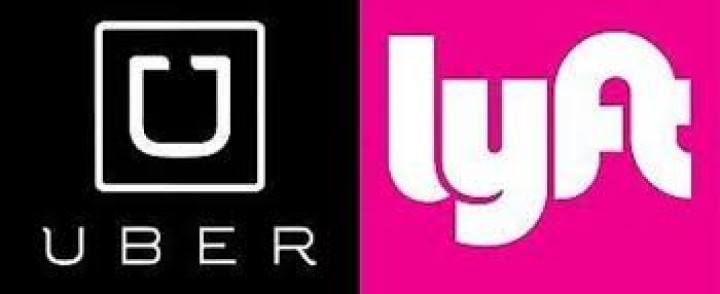A damning MIT study shows ride-hailing drivers make median profit of $3.37 per hour.
You’d have to be living in one pretty effective bubble not to have heard the justified criticism that has been leveled at Uber and, to a lesser degree, Lyft over the past several years.
Its sexist workplace culture eventually led to the resignation of cofounder and CEO Travis Kalanick last year, but there have also been many stories about how Uber tracked journalists, developed tools to deceive authorities, remotely locked computers to stop police officers from obtaining the information they needed for an investigation, and so much more. Lyft has benefited recently by presenting itself as the anti-Uber that donates to the ACLU and provides free rides to gun reform rallies, but, in truth, its business model is fundamentally the same as Uber’s.
Both companies treat their drivers as contractors instead of employees, which means they don’t get basic labor rights and benefits such as minimum wage, sick days, paid vacation, and health insurance. Since they have no guaranteed earnings, they can be available on the app for a long period of time and make very little money if there aren’t many people looking for rides or there are too many other drivers on the road.
Uber says that their model allows workers to choose their own hours, but the reality is that if they aren’t driving at peak times, their chances of earning a reasonable wage are infinitesimally low. And over the years, Uber has consistently cut driver earnings so they need to spend more time on the road to try to make the same amount of money — which they aren’t always successful in doing. The stories of Uber drivers sleeping in their cars seem to be ever more common.
A new study from researchers at the Massachusetts Institute of Technology paints a dark picture of the economic reality of driving for ride-hailing companies. After surveying over 1100 drivers, they found that 74 percent of drivers earn less than minimum wage and the median profit was $3.37 per hour before taxes. Once vehicle expenses such as insurance, maintenance, fuel, repairs, and depreciation are taken into account, 30 percent of drivers are actually losing money while driving for Uber and Lyft in the United States.
The use of Uber and Lyft has already seemed morally bankrupt with the information we’ve known about how they operate for some time, but given the damning new details from the MIT study, there’s no denying that people who use Uber and Lyft are active participants in the exploitation of a group of people who are stuck in a precarious economic situation as a result of an economy ehich enriches the wealthy while punishing the poor and leaving the middle class to fend for itself.
The #DeleteUber campaign that emerged in the aftermath of the first Muslim ban was a good start, but people need to realize that it’s not particular actions of ride-hailing companies that are reprehensible, but the very nature of their operations. Exploitation is fundamental to the business models of Uber and Lyft, and unless you support drivers making $3.37 per hour, you should delete both apps right now.
Oh, and before you respond with how driverless vehicles will eliminate this problem, remember that the technology necessary for their mass rollout is still years and years away. Even Uber’s CEO admits that when they finally start using driverless vehicles — maybe in eighteen months, and that’s a big maybe — they’ll only be able to handle less than five percent of all rides for quite a while, and that’s only under ideal weather conditions.
Ride hailing is not the future of transportation, and the sooner we delete the apps and let the companies go belly up, the sooner we can get back to making cities that work for everyone, not just the well-off, college-educated young people who are most likely to use Uber.
Continue reading: https://medium.com/@parismarx/why-are-you-still-using-uber-and-lyft-eb1ab80c98f7
- A damning MIT study shows ride-hailing drivers make median profit of $3.37 per hour.



